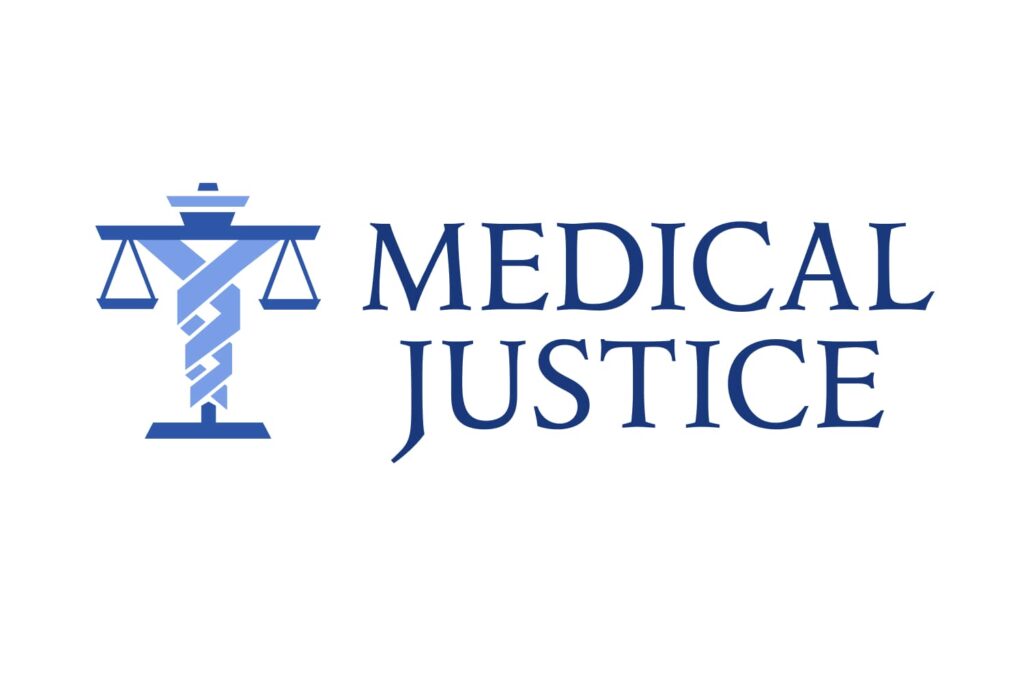A driver injured a boy riding a scooter. The boy suffered significant head injury.
The boy sued the driver. While the driver believed that some of the injuries were caused by medical negligence – after the accident – the court precluded the driver from presenting such evidence. There was only one defendant in this case, the driver. And whether or not others caused the giant medical bill was of no concern to the court. The result – a jury verdict for a whopping $14.9M. This amount was reduced by 25% to $11.2M because of the boy’s comparative negligence. Comparative negligence means the plaintiff, in this case the boy, was partly responsible for the outcome.
The carrier then paid the boy $1.1M, the policy limit.
I pause here to allow you to do the math.
There was still a deficit of $10.1M, not exactly walking around money.
The first lesson is to strongly consider umbrella insurance coverage. It is reasonably priced and will comfortably jack up your personal injury limits as a driver to, say, $5M.
The boy then sued the hospital, neurologist, the neurologist’s practice, another doctor, and his group – for medical negligence.
The driver and his insurance carrier were initially granted the right to “intervene” in that medical malpractice case. By intervening, they wanted to subrogate some of any captured funds back to their account ledger. The automobile insurance company was hoping some of the $1.1M it paid would be tied back to expenses related to medical negligence. The driver was hoping to find a way to bridge his $10.1M shortfall.
But….the lower court ultimately dismissed the driver’s claim (and his carrier’s claim) for subrogation. The healthcare providers had successfully argued that these two entities were barred from subrogation because they had not fully paid off the boy’s claim.
The Fifth District Court of Appeal reversed.

The court held [1] that an initial tortfeasor (here, the driver) or the insurer may assert an equitable subrogation claim against a subsequent tortfeasor (here, the healthcare providers) when: (1) the initial tortfeasor (the driver) was precluded from bringing the subsequent tortfeasor (the healthcare providers) into the original personal injury action; (2) judgment was entered against the initial tortfeasor for the full amount of the injured person’s damages, regardless of the initial tortfeasor’s portion of the fault; and (3) that judgment has not been completely paid by the initial tortfeasor or her insurer.
So, the principle of swimming to the deepest pockets was preserved.
Had the boy never filed an action against the healthcare providers, the driver and his carrier would have been out of luck. But, by going a second round, they were able to decrease their losses. This is a Florida case and other states may have come to different results. Given that many medical expenses are paid by auto insurance companies, the urge for such carriers trying to recover funds from healthcare providers (alleging claims of medical negligence) might be too much to resist. What might they do? Persuade the injured party to file a second claim – and then everyone can benefit.
Just saying.
References[1] – Allstate Ins. Co. v. Theodotou, 2015 WL 4486578 (Fla.App. 5 Dist., July 24, 2015)
About Medical Justice

Medical Justice provides comprehensive support for challenges such as preventing frivolous lawsuits, addressing unwarranted refund demands, managing sham peer reviews, and safeguarding your online reputation. Our expert team assists with issues like defamatory reviews, medical board complaints, and notices of intent to sue.
We offer legal protection plans, online reputation management, and consultations for concerns that fall outside of membership coverage (such as board complaints, National Practitioner Data Bank reports, and negotiation on your behalf with patients seeking refunds), with suggested next steps to help you regain control. If you require more hands-on assistance, or if your need falls outside the scope of membership, we can often be engaged for further support. Contact us today to get started by scheduling a consultation with a member of our team.






Really? This is clearly what, inLouisiana, would be a “third-party defendant” case. Regardless of whether someone else “precludes” pulling in another defendant, they’re still on the hook of the primary defendant wants them to be. This is also law in Tennessee and California. Not sure whether other states even can preclude it–it should have First and Fifth Amendment protection–but ultimately, the driver can have brought a med mal case against the hospital and treating physician since at that point in the narrative, he would have had standing to sue.
Think about it.